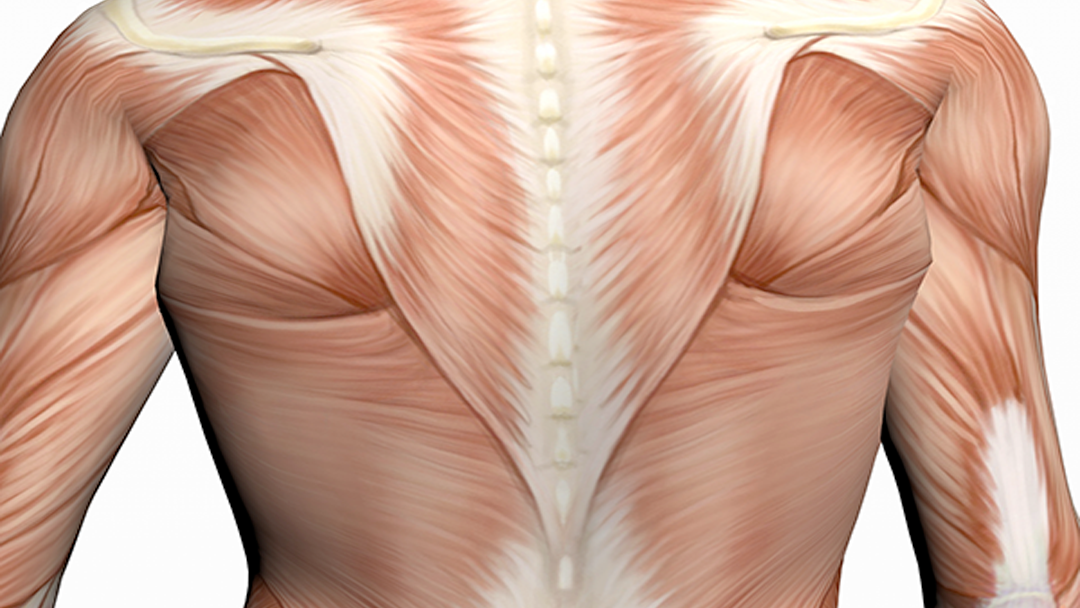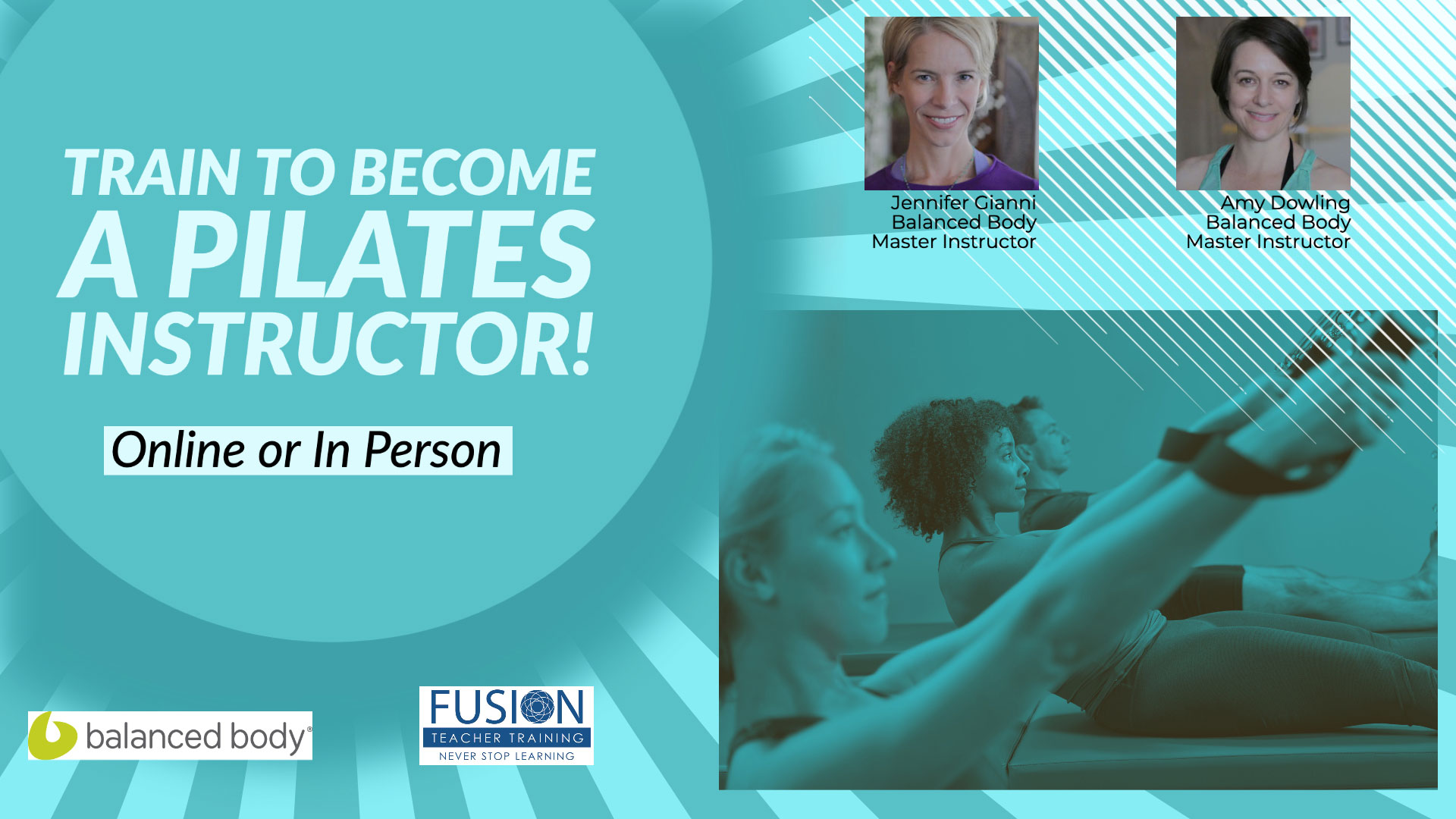What it is:
To create true functionality in our bodies, we must have a balance of stability, strength, fluidity and flexibility.
As we have seen in many previous entries, this concept of balancing the muscles and therefore the body is the core of the Pilates system.
In Pilates we do not group our exercises into categories, some for flexibility and some for strength. Instead, every exercise in Pilates is for both flexibility and strength at the same time. There is efficiency in every move. We get the best bang for our buck.
Our Goal:
The upper back, just like any other part of our body, needs this balance. If our upper back is not functionally balanced, we will be brought tot he extremes of either being hunched and rounded over or arched back so that our natural convex thoracic spine is distorted into a concave shape. We want to keep our spines in that perfect area right in the middle.
Here’s How:
Here are two Classical Pilates Mat Exercises to help you find that balance.
If any of these cause discomfort or pain, go back to the previous articles on the upper back and keep practicing the pre-Pilates exercises in those entries.
Exercise – Swimming
- • Lie on the stomach with the arms stretched out in front. Start with the arms shoulder distance apart.
- • Stretch you legs behind you keeping them hip distance apart.
- • Place a folded towel under the forehead for extra comfort.
- • Inhale and lift the left arm and right leg up.
- • Keep the right hand and left foot pressing into the floor.
- • The crown of the head and sternum should also lift and shine forward as the arm and opposite leg lift.
- • Exhale and release.
- • Slowly switch sides.
- • Repeat four to six times.
Advanced Modification
For a more advanced version:
- • Press the hands and feet into the floor and lift the eyes and sternum, as if you are raising your head above water.
- • Inhale and lift the left arm and the right leg.
- • Start to switch sides in a quicker repetition until you are paddling the arms and legs back and forth.
- • At this quicker pace, the hands and feet stay off the floor as you paddle.
- • Keep going and take a long exhale for five counts and a long inhale for five counts.
- • Try to do four to six sets. (A set consists of a long inhale for five counts and a long exhale for five counts.)
- • As you do this advanced modification, don’t let the head droop. Keep the crown of the head and the sternum shining straight ahead.
- • Rest in Child’s Pose.
Exercise – Single Leg Kicks
- • Lie on the stomach on a mat with the legs extended long behind you.
- • Lift the upper body by propping the elbows right under the shoulders and pressing the forearms and fists (or palms) firmly into the floor.
- • During the exercise, keep thinking of lifting the chest toward the ceiling as you press your pubic bone down into the mat.
- • On a sniffing breath inhale, kick the left heel into the left buttock with a double beat.
- • Keep the right leg long
- • Don’t allow the head or shoulders to sink.
- • Exhale and switch legs.
- • Remember to stay lifted in the abdominals by imagining you have an ice cube under your belly button.
- • Do six to eight sets and rest back into Child’s Pose.
Hot Tip:
During both of these extension exercises, keep looking for the “contrast in movement” to create more length in the body.
In Swimming,:
- • Reach the crown of the head away from the toes.
- • Reach the fingers away from the opposite toe.
- • Reach the ear away from the tip of the shoulder-blade.
- • Reach the top of the hamstring away from the heel.
- • Reach the fingertips away from the top of the shoulder.
As you perform the exercise, focus on a few of these in your problem areas (for instance- tight shoulders, tight upper back, tight from of the hip)to create more and more length where you need it most.
We hope you found these tips helpful. Leave us a comment with your thoughts below!





Leave A Reply (No comments So Far)
Please - comments only. All Pilates questions should be asked in the Forum. All support questions should be asked at Support.
You must be logged in to post a comment.
No comments yet.